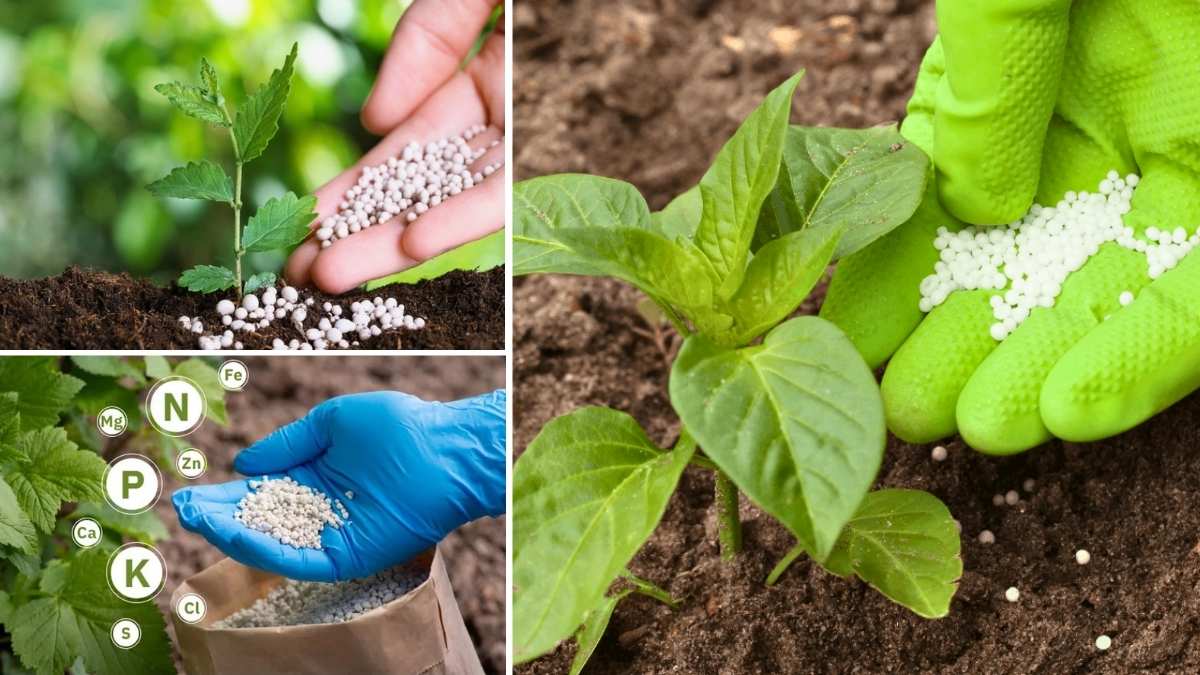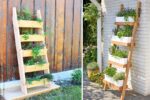Join on WhatsApp
Get the latest updates directly on WhatsApp – motivation, news & more!
Growing herbs at home is a satisfying and practical way to enhance your meals and enjoy the beauty of living plants. Whether you’re keeping them in pots on a sunny windowsill or planting them in a backyard garden, you may be wondering how to give them the best possible care. One of the most common questions beginners ask is about fertilizing herbs. Do they need it? How often? And what type should you use? The answer might surprise you: when it comes to fertilizing herbs, less is almost always more.
Understanding Herb Growth
Herbs are not like heavy-feeding vegetables or ornamental flowers that require constant nutrition to produce fruit or blooms. Most herbs are hardy plants that evolved in poor or average soils. Many of them like thyme, oregano, sage, and rosemary originated in Mediterranean regions with dry, rocky terrain. These conditions naturally limit growth, encouraging the plants to concentrate their energy on producing aromatic oils. This is what gives herbs their flavor and fragrance.
When herbs are over-fertilized, especially with high-nitrogen fertilizers, they often grow faster and produce more leaves but with much less flavor. In fact, overfeeding your herbs can dilute the very qualities that make them useful in the kitchen. You might get larger plants, but those lush green leaves can be surprisingly bland.
Signs Your Herbs Need Fertilizer
While most herbs do well with minimal feeding, there are times when a light boost can be helpful. If your herbs are growing in containers, nutrients can eventually be depleted from the soil, especially if you’re watering frequently. Look out for signs like pale leaves, slow growth, or stunted size. These could indicate that the soil has become depleted of nutrients.
However, before reaching for fertilizer, it’s always a good idea to check for other issues first. Are your plants getting enough light? Is the soil draining properly? Have you been watering correctly? Many herb problems can be traced back to environmental factors rather than a lack of nutrients.
When to Fertilize (If at All)
If your herbs are planted in rich garden soil and growing well, there may be no need to fertilize at all. In fact, many perennial herbs thrive on neglect. For container-grown herbs, a very diluted feeding every four to six weeks during the active growing season is usually enough. You can use a balanced, water-soluble fertilizer at half or even a quarter of the recommended strength.
Timing also matters. Feed your herbs in the morning or evening, not during the heat of the day. It’s best to water the plant first and then apply the diluted fertilizer, to avoid burning the roots. Be especially careful with newly transplanted herbs; wait a couple of weeks before fertilizing to let them settle into their new environment.
Organic vs. Synthetic Fertilizers
There’s no shortage of fertilizer options on the market, from synthetic blends to organic products made from natural sources like seaweed, compost, or fish emulsion. For herbs, organic options are generally preferable. They tend to be gentler, release nutrients more slowly, and are less likely to cause overfeeding.
Synthetic fertilizers often contain high levels of nitrogen, which can lead to that fast but flavorless growth mentioned earlier. Organic fertilizers, on the other hand, often provide a more balanced nutrient profile and help improve the soil’s structure over time.
Another option is compost tea a liquid created by steeping finished compost in water for several days. This gentle solution can be applied to herb plants every few weeks for a subtle boost, especially during the peak growing season.
The Dangers of Over-Fertilizing
It’s easy to assume that more fertilizer equals healthier plants, but that’s rarely the case with herbs. Over-fertilization can cause several problems, starting with a loss of flavor and aroma. High nitrogen levels can make herbs leafy but bland. The essential oils that give herbs their distinct taste and smell are more concentrated in slower-growing plants.
Beyond flavor issues, excess fertilizer can damage plant roots and disrupt the balance of beneficial microbes in the soil. You might see signs like brown leaf tips, salt buildup on the surface of the soil, or overall droopiness. In severe cases, the plant may stop growing altogether.
Once damage from over-fertilizing occurs, it’s hard to reverse. You may need to flush the soil with water several times to wash out excess nutrients or even repot the plant entirely.
Best Practices for Fertilizing Herbs
If you decide to fertilize your herbs, the key is moderation. Here are a few tips to keep in mind:
- Use diluted fertilizer, never full-strength.
- Choose organic or low-nitrogen options when possible.
- Apply only during active growth periods, not in winter or dormancy.
- Avoid feeding stressed or newly transplanted plants.
- Water thoroughly before and after fertilizing.
If you’re growing herbs purely for ornamental purposes, you might prioritize lush growth and appearance. But if you’re after bold flavor for cooking, restraint is your best friend.
Alternatives to Fertilizing
Instead of relying on regular fertilization, focus on building a healthy growing environment. Start with high-quality potting mix for containers, or enrich garden soil with compost before planting. Compost not only adds nutrients but also improves drainage and supports beneficial soil life.
Consider rotating your pots or refreshing the top layer of soil every few months. When you water, make sure it’s deep and thorough to encourage healthy root systems. Sometimes, a little extra attention to light, airflow, and pruning can do more for plant health than any fertilizer.
Companion planting is another way to support herb growth. Some herbs naturally improve the soil or deter pests for neighboring plants. Growing herbs like basil and chives alongside vegetables can create a mini-ecosystem that reduces the need for extra inputs.
Let Your Herbs Guide You
Ultimately, the best approach to fertilizing herbs is observation. Your plants will tell you what they need if anything. A thriving, fragrant herb plant doesn’t require much help, and often, less interference leads to better results.
If a plant seems sluggish or pale, a light feeding may be appropriate, but don’t assume every slow growth cycle is a cry for fertilizer. Herbs often have natural rhythms that don’t match the expectations we have for fast-growing crops or flowers.
Growing herbs is as much about learning to listen and respond as it is about providing inputs. With time and experience, you’ll develop an instinct for when to feed and when to leave well enough alone.
Conclusion
Fertilizing herbs is a topic that often causes more confusion than clarity, especially for new gardeners. But once you understand how herbs grow and what they really need, it becomes clear that less is usually more. These plants evolved to thrive in modest conditions, and too much fertilizer can actually do more harm than good.
By focusing on healthy soil, proper light, and mindful watering, you can grow flavorful, aromatic herbs with minimal fuss. So the next time you’re tempted to reach for that bottle of fertilizer, take a step back. Your herbs will likely thank you for a little space and a lot less feeding.




